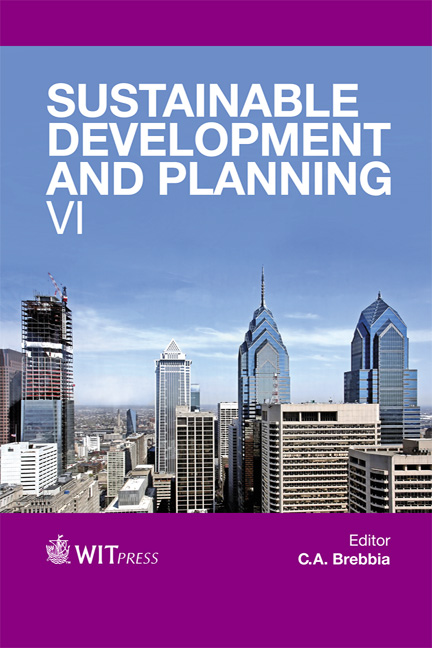The Economic Sustainability In Urban Planning: The Case Of La Manga
Price
Free (open access)
Transaction
Volume
173
Pages
12
Page Range
279 - 290
Published
2013
Size
3366 kb
Paper DOI
10.2495/SDP130231
Copyright
WIT Press
Author(s)
J. L. Miralles, S. García-Ayllón
Abstract
The urbanization process that shapes the present Mediterranean coast started with the mass tourism that encouraged the Centres and Areas of National Tourist Interest law in 1962, as a strategic national investment. 50 years after its implementation, it is necessary to conduct a retrospective analysis of the results, assessing to what extent have the stated goals in the 1960s been met. The evolution of the macroeconomic, political and legal parameters show certain deviations from initial forecasts of many large urban plans carried out in coastal places created from scratch. The case of La Manga del Mar Menor on the Murcia coast – a target for 250,000 holidaymakers – which came from a desert dune in the 1960s, is certainly an example; poorly documented while enlightening, of the results that have been achieved. The study of real social and economic performance as a tourism product against territorial and landscape impacts, the problem of governance in the context of urban planning and the ability of private property to develop its own sustainable projects in the long run has been approached with the detail and objectivity that allows a comprehensive case study contrasted by the facts. All these elements will be distributed to either side of the balance, in order to evaluate the validity of a coastal development model, that after five decades we can now begin to postulate with enough research perspective.
Keywords
urban planning, urban management, tourism development, coastal development





